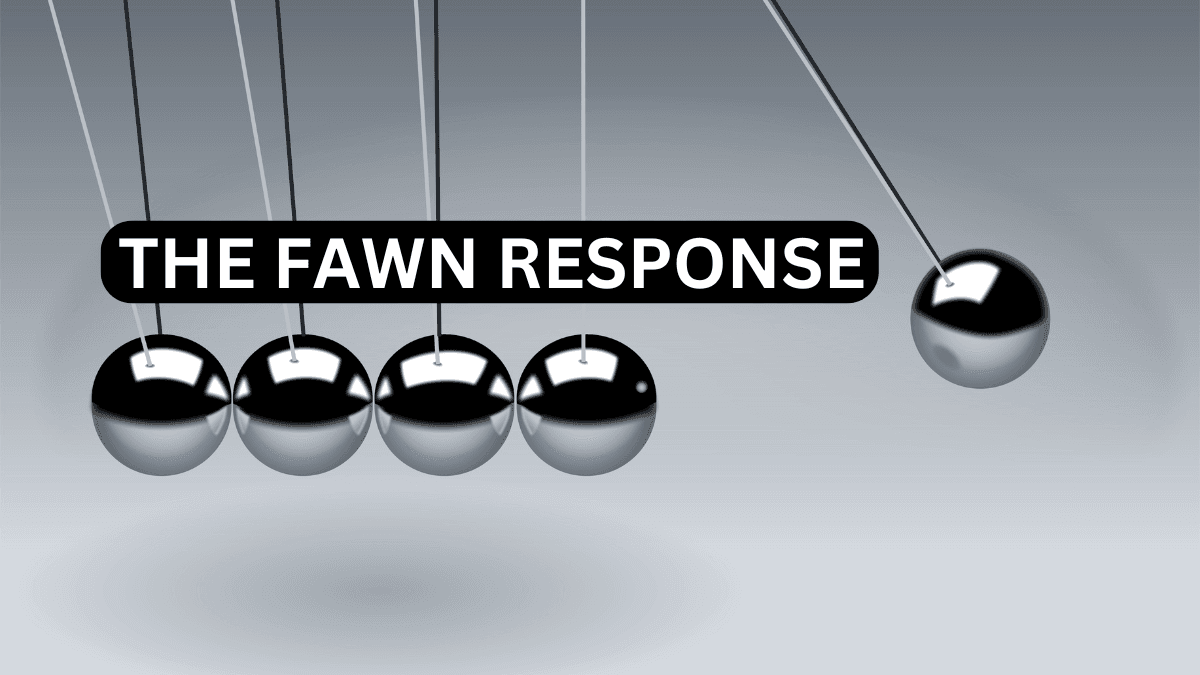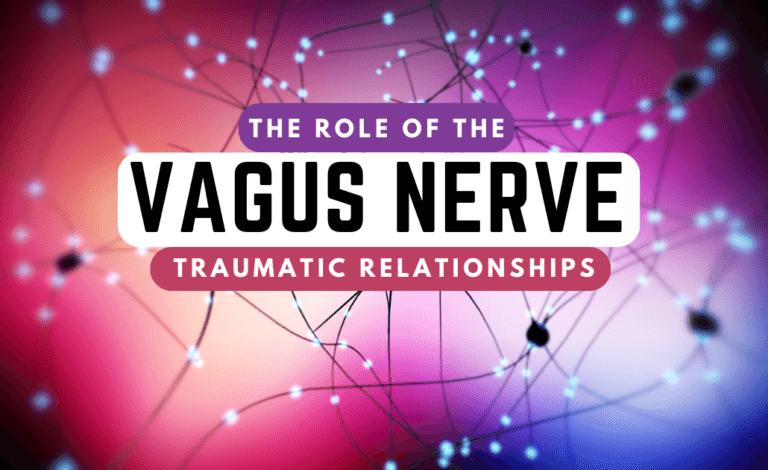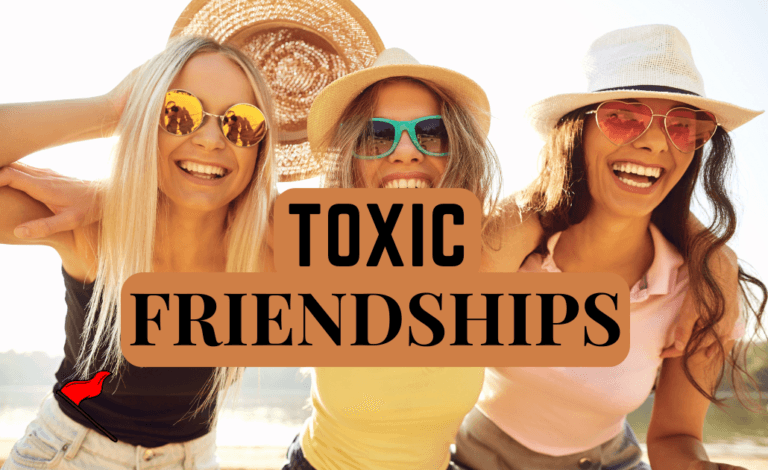Understanding the Fawn Response: A Deep Dive into Trauma and Survival Mechanisms: 3 Insights
When discussing trauma responses, we often hear about the classic “fight or flight” reactions. However, there are additional, less recognized responses to trauma: freeze and fawn. While the fight, flight, and freeze responses are commonly associated with self-defense mechanisms, the fawn response is often misunderstood or overlooked.
This response involves appeasing others to avoid conflict, minimize harm, or survive a dangerous or abusive situation.
In this article, we’ll explore the fawn response, how it develops, and its effects on individuals navigating trauma. Ready?
Related: Do Boundaries Really Work with Narcissists? Learn Effective Strategies
Related: Why Narcissists Struggle with Empathy: Understanding the Science Behind their Behavior
Related: Understanding Why Narcissists Create Chaos
Related: You Must Protect Yourself from Their Emotional Manipulation, Learn Strategies
What Is the Fawn Response?
The fawn response is a survival mechanism developed to avoid harm by pleasing, appeasing, or complying with a potential threat. Rather than reacting with aggression, fleeing, or freezing in the face of danger, a person engages in behaviors that seek to placate the person causing harm. This may manifest as people-pleasing, submission, or attempting to manage the emotions of the abuser in order to avoid conflict.
For example, a person might engage in extreme agreeableness, quickly apologize, or sacrifice their own needs and desires to prevent further abuse or distress. This response is often developed in childhood, particularly in individuals who grow up in unstable or abusive environments, where compliance and people-pleasing became a means of survival.
How Does the Fawn Response Develop?
The fawn response typically emerges in situations where neither fighting nor fleeing is viable. For children, especially those growing up in homes with emotional, physical, or verbal abuse, their only method of avoiding punishment or harm might be to appease the aggressor. Over time, this behavior can become deeply ingrained, extending beyond the original trauma and affecting relationships and interactions in adulthood.
Individuals with complex post-traumatic stress disorder (C-PTSD) may experience the fawn response as a primary coping mechanism. They often feel compelled to keep the peace, avoid confrontation, or continuously put others’ needs ahead of their own. Though this behavior may have helped them survive difficult situations, it can lead to harmful patterns of self-sacrifice and co-dependency in relationships later in life.
Recognizing the Fawn Response in Daily Life
The fawn response may present itself in subtle or more overt ways. Some common behaviors associated with this response include:
- Excessive People-Pleasing: Continuously seeking approval or validation from others, even at the expense of your own well-being.
- Difficulty Setting Boundaries: An inability or reluctance to say “no,” often driven by fear of disapproval or conflict.
- Over-Apologizing: Saying sorry frequently, even when not at fault, as a way to diffuse tension or avoid criticism.
- Codependency: Becoming overly reliant on relationships for a sense of identity, purpose, or safety, often prioritizing the other person’s needs.
- Hyper-Vigilance to Others’ Moods: Constantly monitoring and adjusting behavior based on others’ emotions, especially when around individuals who are prone to anger or unpredictable behavior.
While these behaviors may temporarily reduce anxiety or help avoid conflict, they often contribute to long-term emotional exhaustion and hinder the development of healthy, balanced relationships.
The Impact of the Fawn Response on Mental Health
Over time, the fawn response can have significant negative effects on mental health. People who engage in chronic fawning may experience:
- Loss of Self-Identity: By constantly prioritizing others’ needs, individuals may lose sight of their own desires, values, and goals. This can lead to a disconnection from one’s authentic self.
- Chronic Stress: Living in a perpetual state of people-pleasing and self-sacrifice can generate ongoing stress, anxiety, and burnout.
- Low Self-Worth: Because individuals with a fawn response are constantly seeking external validation, they may struggle with self-esteem and believe their worth is dependent on how well they can appease others.
- Unhealthy Relationships: Fawning often leads to relationships that are imbalanced or exploitative, as people with this trauma response are more likely to attract individuals who take advantage of their need to please.
Recognizing the fawn response and its impact is the first step in healing and creating healthier dynamics in personal and professional relationships.
Types of Trauma Responses
| Response | Description |
|---|---|
| Fight | Reacting with aggression to defend oneself against a perceived threat, often by confronting or overpowering the source of danger. |
| Flight | Attempting to escape or avoid danger by running away, withdrawing, or distancing oneself from the source of fear. |
| Freeze | Becoming immobilized or feeling stuck when facing a threat, often resulting in a sense of numbness or dissociation. |
| Fawn | Attempting to appease or please others in order to avoid conflict, harm, or danger, often sacrificing one’s own needs in the process. |
Healing from the Fawn Response
Healing from the fawn response involves reclaiming one’s sense of self and learning to set boundaries in relationships. This process often requires therapy, self-awareness, and practice. Here are some strategies that can help:
- Therapeutic Support: Working with a therapist who specializes in trauma can be instrumental in understanding and addressing the fawn response. Therapies such as Cognitive Behavioral Therapy (CBT), Eye Movement Desensitization and Reprocessing (EMDR), and somatic therapy can help individuals process past trauma and develop healthier coping mechanisms.
- Building Self-Awareness: Developing an awareness of when and why you are engaging in fawn behaviors is key. Journaling, mindfulness, and reflective practices can help you recognize patterns of people-pleasing and begin to explore alternatives.
- Setting Boundaries: Learning to set clear and firm boundaries is essential. This includes practicing saying no, asserting your needs, and recognizing when relationships or situations are draining or harmful.
- Self-Compassion: As you work to overcome the fawn response, it’s important to practice self-compassion. Healing from trauma takes time, and it’s normal to slip into old patterns occasionally. Celebrate progress and be kind to yourself during setbacks.
- Developing Assertiveness: Gradually building assertiveness skills can empower individuals to express their needs and desires without fear of conflict. This might involve taking small steps in low-stakes situations before applying them to more challenging relationships.
Conclusion: Moving Forward from the Fawn Response
The fawn response is a powerful survival mechanism that develops in response to trauma, especially in environments where other forms of self-defense aren’t possible. While fawning may have helped avoid danger in the past, it often results in unhealthy patterns that can persist long after the original threat is gone.
By understanding the roots of the fawn response and seeking support to break free from it, individuals can learn to prioritize their own needs, set boundaries, and foster healthier relationships. Healing is possible, and with time, individuals can move from a place of survival to one of thriving.
fawn response fawn response fawn response fawn response fawn response fawn response fawn response fawn response fawn response fawn response fawn response fawn response fawn response fawn response








